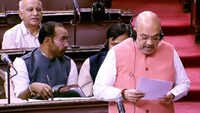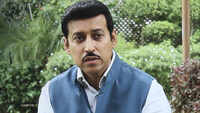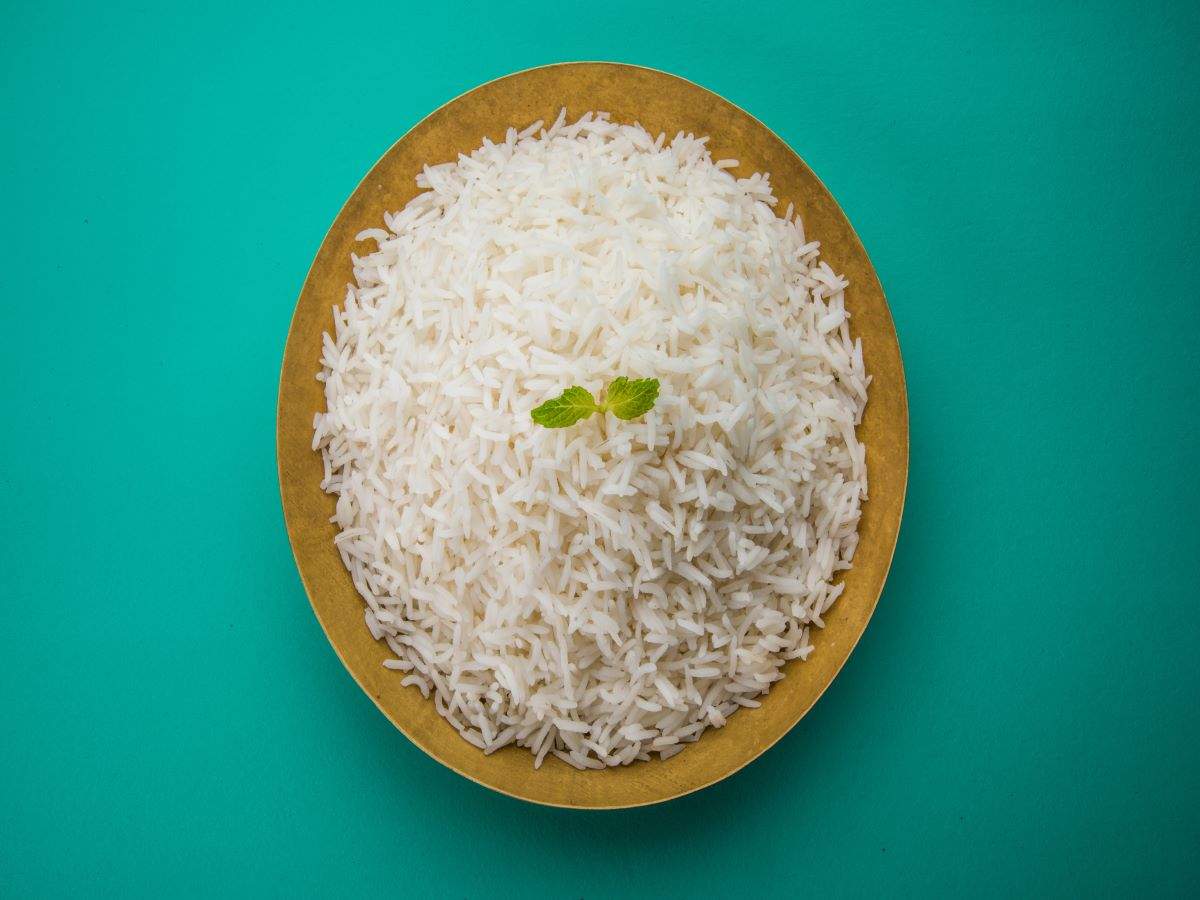
Highlights
NEW DELHI: Union ‘Jal Shakti’ minister Gajendra Singh Shekhawat on Monday said the water situation in the country was certainly a matter of concern but it was not as alarming as was depicted by the NITI Aayog in its report last year.
“The data used in that study was based on clippings of certain newspaper reports,” said Shekhawat while dismissing specific points of the Aayog’s report on 21 cities. The government’s think tank had noted in its report that 21 major cities, including Delhi, Bangalore and Hyderabad, were expected to “run out of groundwater as soon as 2020, affecting 100 million people.”
The Aayog, in its study on ‘composite water resources management’, attributed its source of research to the World Bank and the World Resources Institute as reported by newspapers. Both the organisations, however, did not come out with any specific findings on the groundwater situation in 21 major Indian cities as noted by the Aayog.
“Nevertheless, the current water situation in many parts of the country is a matter of concern and that’s why we have launched a campaign on water conservation and rainwater harvesting — Jal Shakti Abhiyan — so that we don’t move from water stressed condition to water scarcity condition in future,” said Shekhawat.
According to the Falkenmark Water Stress Indicator, a per capita availability of less than 1,700 cubic metres per annum is termed as a water stressed condition. If per capita availability falls below 1,000 cubic metres, it is termed as a water scarcity condition.
India’s per capita annual water availability has consistently been decreasing (5,177 cubic metres in 1951 to 1,545 cubic metres in 2011). The minister said, “We have launched efforts so that we don’t reach the projected level of 2025 (1,341 cubic metres) or 2050.” The campaign begins on Monday in 1,592 water stressed blocks.
“The data used in that study was based on clippings of certain newspaper reports,” said Shekhawat while dismissing specific points of the Aayog’s report on 21 cities. The government’s think tank had noted in its report that 21 major cities, including Delhi, Bangalore and Hyderabad, were expected to “run out of groundwater as soon as 2020, affecting 100 million people.”
The Aayog, in its study on ‘composite water resources management’, attributed its source of research to the World Bank and the World Resources Institute as reported by newspapers. Both the organisations, however, did not come out with any specific findings on the groundwater situation in 21 major Indian cities as noted by the Aayog.
“Nevertheless, the current water situation in many parts of the country is a matter of concern and that’s why we have launched a campaign on water conservation and rainwater harvesting — Jal Shakti Abhiyan — so that we don’t move from water stressed condition to water scarcity condition in future,” said Shekhawat.
According to the Falkenmark Water Stress Indicator, a per capita availability of less than 1,700 cubic metres per annum is termed as a water stressed condition. If per capita availability falls below 1,000 cubic metres, it is termed as a water scarcity condition.
India’s per capita annual water availability has consistently been decreasing (5,177 cubic metres in 1951 to 1,545 cubic metres in 2011). The minister said, “We have launched efforts so that we don’t reach the projected level of 2025 (1,341 cubic metres) or 2050.” The campaign begins on Monday in 1,592 water stressed blocks.
Download The Times of India News App for Latest India News.
more from times of india news
World Cup 2019
Trending Topics
LATEST VIDEOS
More from TOI
Navbharat Times
Featured Today in Travel
Quick Links
Rajasthan election 2019Andhra Lok Sabha electionGujarat Election 2019Karnataka Election 2019MP Lok Sabha electionMaharashtra election 2019West Bengal Lok SabhaTamil Nadu election 2019UP Election 2019Bihar election 2019UP Election DateAndhra Election DateBihar Election DateAndhra Assembly ElectionLok SabhaMP Election DateMaharashtra Election DateShiv SenaYSRCPTDPWB Election DateJDUCongressBJP newsGujarat Election DateSC ST ActUIDAIIndian ArmyISRO newsSupreme CourtRajasthan Election DateTelangana Election DateTamilrockers 2018Uttarakhand newsSikkim newsOrrisa newsKarnataka Election DateNagaland newsSatta KingManipur newsMeghalaya news
Get the app









